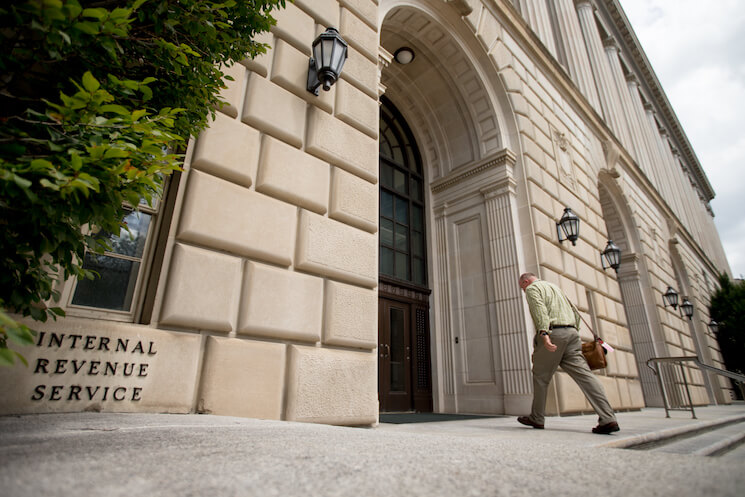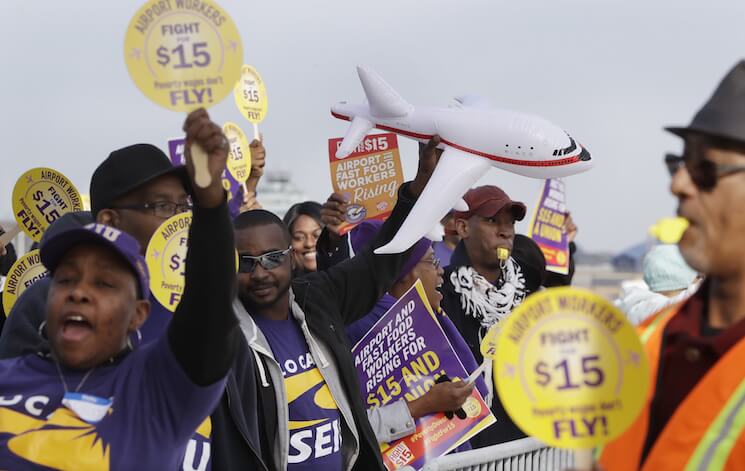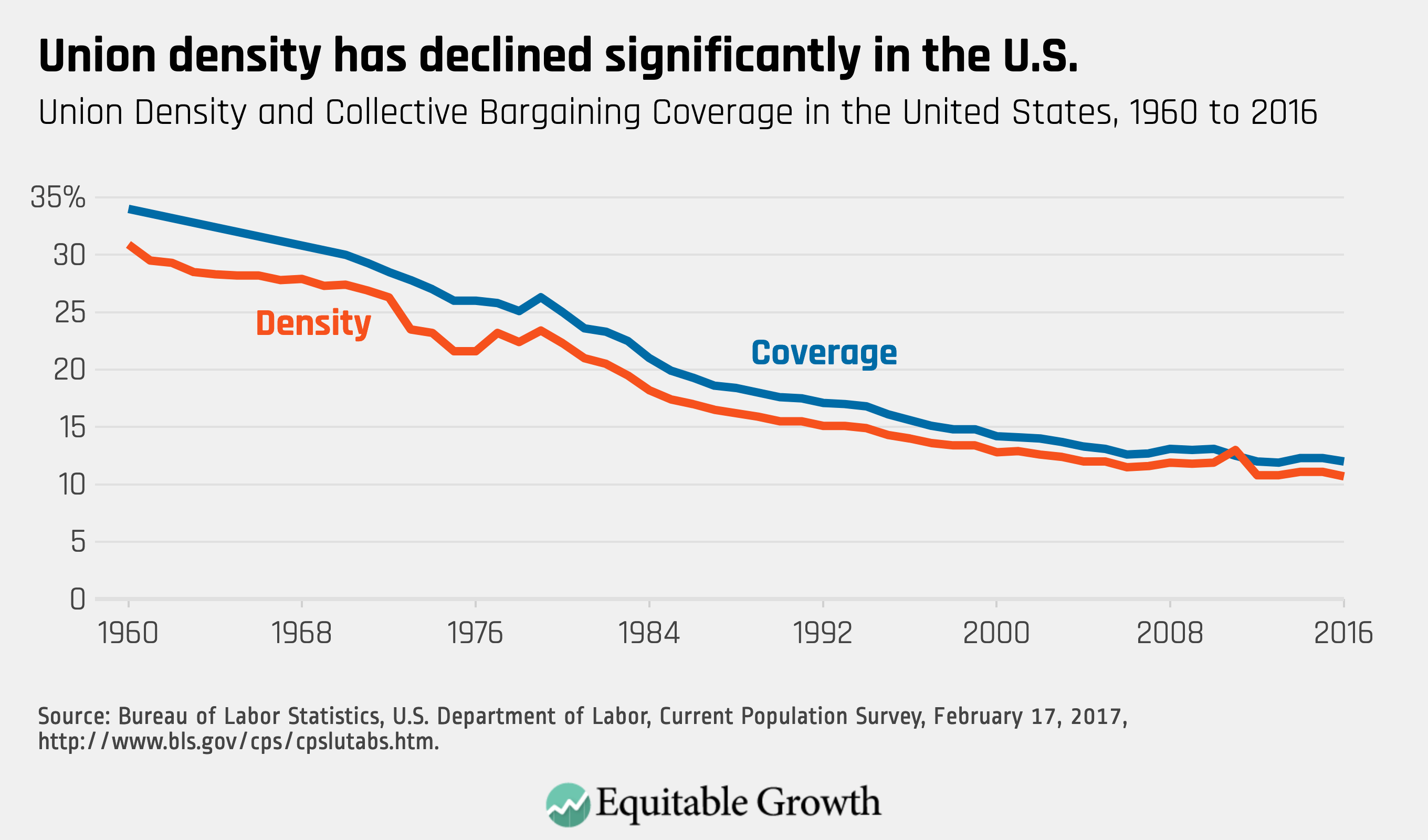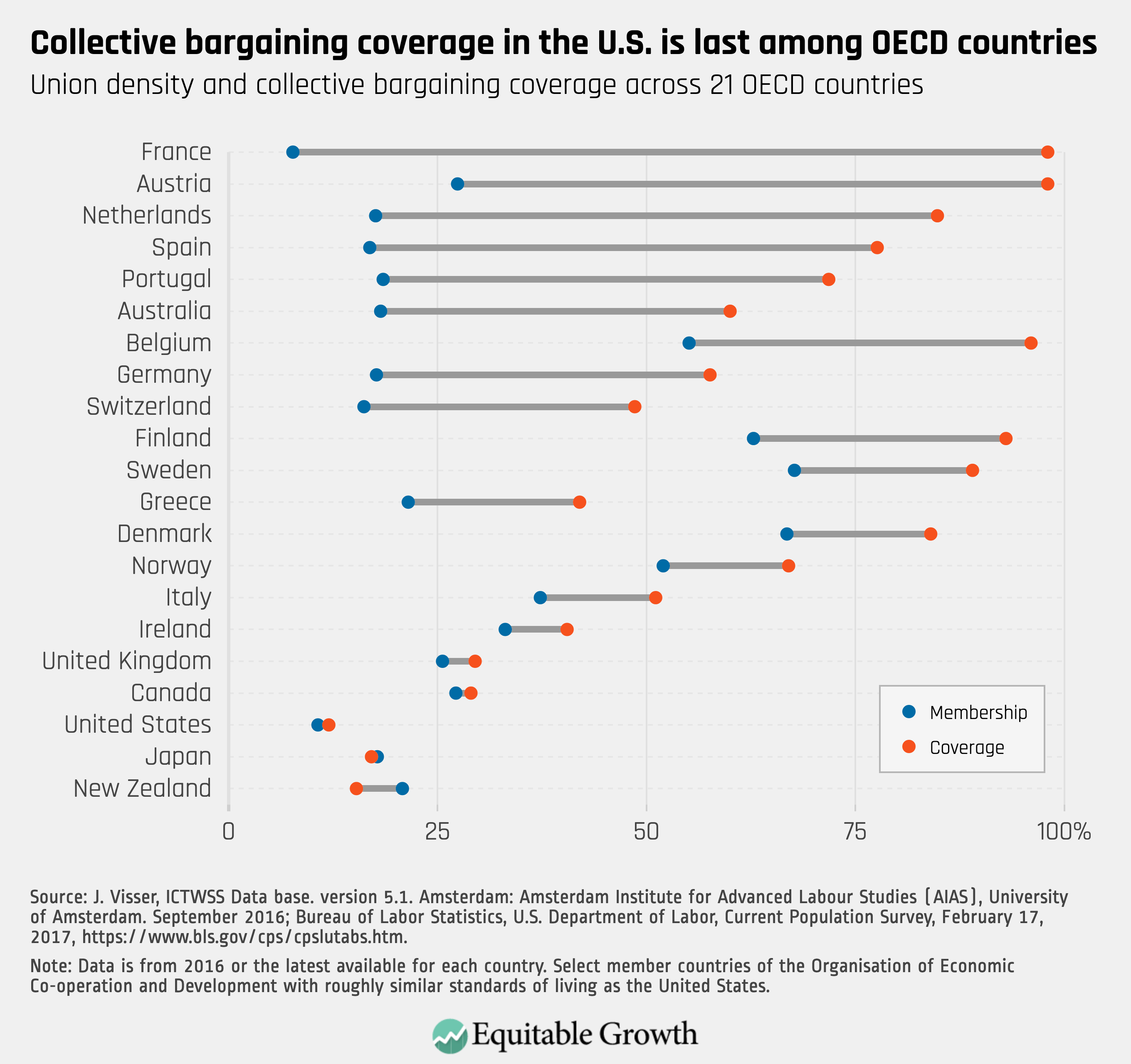The United States had an immense boom in the 1990s. That was in the end financial disappointing for those who invested in it, but not because the technologies they were investing in did not pan out as technologies, not because the technologies deliver enormous amounts of well-being to humans, but because it turned out to be devil’s own task to monetize any portion of the consumer surplus generated by the provision of information goods.
Huge investments in high tech and communications. Huge amounts of utility generated. Little financial return. $4 trillion of investors’ wealth destroyed as assets were revalued. That is something like 8 times the fundamental losses we saw in subprime mortgages and home equity loans made on houses in the desert between Los Angeles and Albuquerque from mid 2006-mid 2008.
A 1.5%-point rise in the unemployment rate after 2000 is not nothing–it is a bad thing. But it is not a 7%-point rise. And it is not a failure to close any of the gap vis-a-vis the pre-crisis trend of potential thereafter and a dark shadow over economic growth for a generation thereafter. Yet the fundamental shock from dot-com looks to me 8 times as large as the fundamental shock from subprime.
That tells me that we can deal with such shocks to private sector credit that go wrong: Have them be to equity wealth in the first place, or rapidly transform all the financial asset claims affected into equity on the fly as the crisis hits. Easy to say. Hard to do. We make sure they are diversified. And we do not, not, not, not, not, not let the people in Basle get too clever with their ideas of what reserves and capital structure look like, and allow core reserves to be placed in assets that are not AAA–even if some ratings agency whose revenues depend on pleasing investment banks has labeled them as AAA.
Axel Weber tells this story:
In Davos, I was invited to a group of banks–now Deutsche Bundesbank is frequently mixed up in invitations with Deutsche Bank. I was the only central banker sitting on the panel. It was all banks. It was about securitizations. I asked my people to prepare. I asked the typical macro question: who are the twenty biggest suppliers of securitization products, and who are the twenty biggest buyers. I got a paper, and they were both the same set of institutions. When I was at this meeting–and I really should have been at these meetings earlier–I was talking to the banks, and I said: “It looks to me that since the buyers and the sellers are the same institutions, as a system they have not diversified”.
That was one of the things that struck me: that the industry was not aware at the time that while its treasury department was reporting that it bought all these products its credit department was reporting that it had sold off all the risk because they had securitized them.
What was missing–and I think that is important for the view of what could be learned in economics–is that finance and banking was too-much viewed as a microeconomic issue that could be analyzed by writing a lot of books about the details of microeconomic banking. And there was too little systemic views of banking and what the system as a whole would develop like. The whole view of a systemic crisis was just basically locked out of the discussions and textbooks…
Axel Weber knew that this was a dangerous situation. Of course, he had no idea how dangerous it was. Barry Eichengreen, Alan Taylor, and Kevin O’Rourke think that, once the run on the shadow banking system was underway, this was the largest shock relative to the size of the market financial markets have ever experienced. We could have avoided this. If we had done our surveillance sufficiently deeper, we would have seen that this might be coming…
But, even so there was nothing baked in the cake of the housing bubble that in any sense required what the world economy has gone through in the past decade.
Indeed, John Maynard Keynes had a good deal to say about this in Notes on the Trade Cycle:
The preceding analysis may appear to be in conformity with the view of those who hold that over-investment is the characteristic of the boom, that the avoidance of this over-investment is the only possible remedy for the ensuing slump, and that, whilst for the reasons given above the slump cannot be prevented by a low rate of interest, nevertheless the boom can be avoided by a high rate of interest. There is, indeed, force in the argument that a high rate of interest is much more effective against a boom than a low rate of interest against a slump.
To infer these conclusions from the above would, however, misinterpret my analysis; and would, according to my way of thinking, involve serious error. For the term over-investment is ambiguous. It may refer to investments which are destined to disappoint the expectations which prompted them or for which there is no use in conditions of severe unemployment, or it may indicate a state of affairs where every kind of capital-goods is so abundant that there is no new investment which is expected, even in conditions of full employment, to earn in the course of its life more than its replacement cost. It is only the latter state of affairs which is one of over-investment, strictly speaking, in the sense that any further investment would be a sheer waste of resources.[4] Moreover, even if over-investment in this sense was a normal characteristic of the boom, the remedy would not lie in clapping on a high rate of interest which would probably deter some useful investments and might further diminish the propensity to consume, but in taking drastic steps, by redistributing incomes or otherwise, to stimulate the propensity to consume.
According to my analysis, however, it is only in the former sense that the boom can be said to be characterised by over-investment. The situation, which I am indicating as typical, is not one in which capital is so abundant that the community as a whole has no reasonable use for any more, but where investment is being made in conditions which are unstable and cannot endure, because it is prompted by expectations which are destined to disappointment.
It may, of course, be the case — indeed it is likely to be — that the illusions of the boom cause particular types of capital-assets to be produced in such excessive abundance that some part of the output is, on any criterion, a waste of resources; — which sometimes happens, we may add, even when there is no boom. It leads, that is to say, to misdirected investment. But over and above this it is an essential characteristic of the boom that investments which will in fact yield, say, 2 per cent. in conditions of full employment are made in the expectation of a yield of, say, 6 per cent., and are valued accordingly. When the disillusion comes, this expectation is replaced by a contrary “error of pessimism”, with the result that the investments, which would in fact yield 2 per cent. in conditions of full employment, are expected to yield less than nothing; and the resulting collapse of new investment then leads to a state of unemployment in which the investments, which would have yielded 2 per cent. in conditions of full employment, in fact yield less than nothing. We reach a condition where there is a shortage of houses, but where nevertheless no one can afford to live in the houses that there are.
Thus the remedy for the boom is not a higher rate of interest but a lower rate of interest! For that may enable the so-called boom to last. The right remedy for the trade cycle is not to be found in abolishing booms and thus keeping us permanently in a semi-slump; but in abolishing slumps and thus keeping us permanently in a quasi-boom…
Fiscal Policy in the New Normal: IMF Panel




